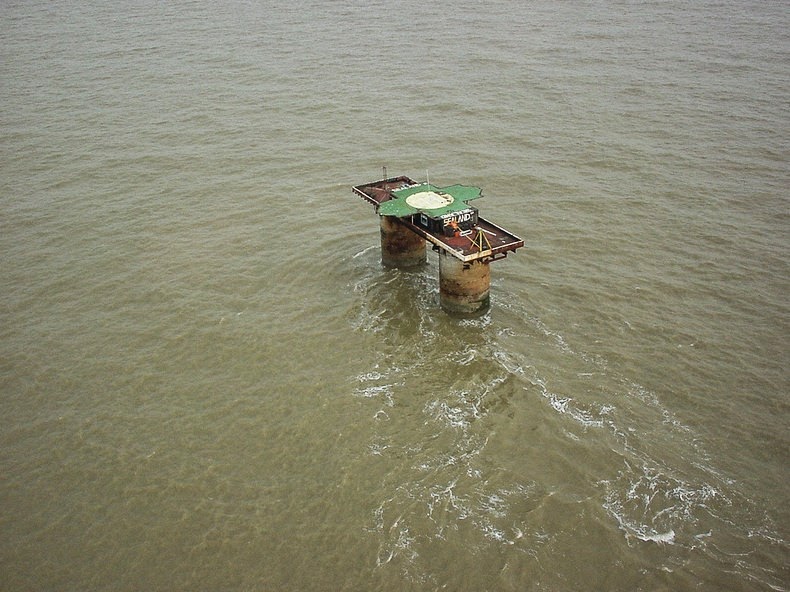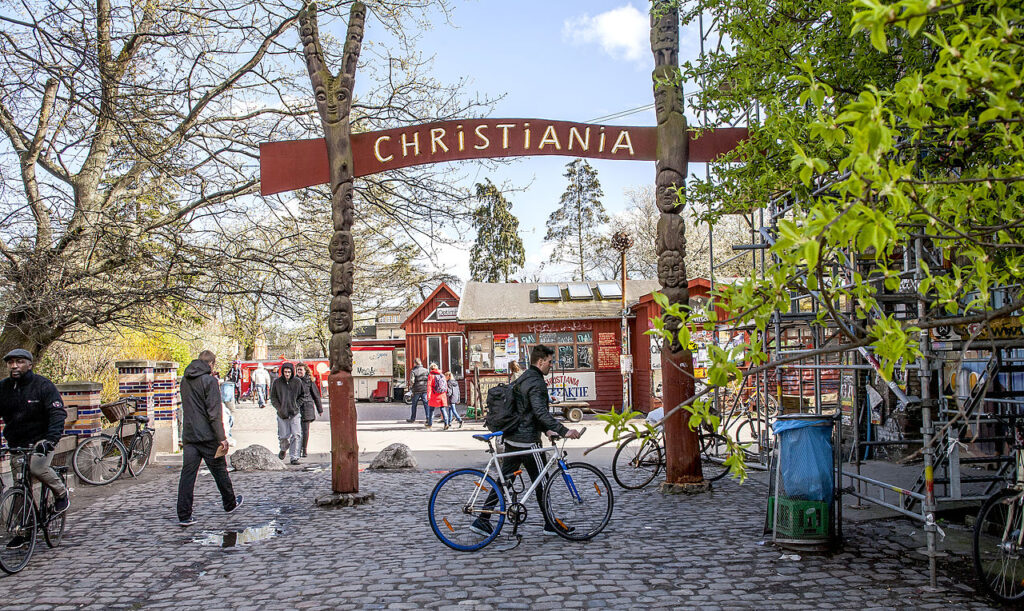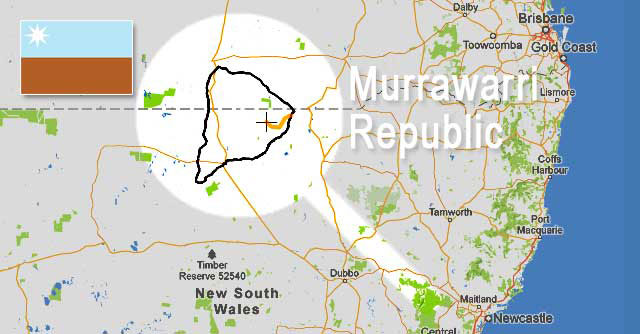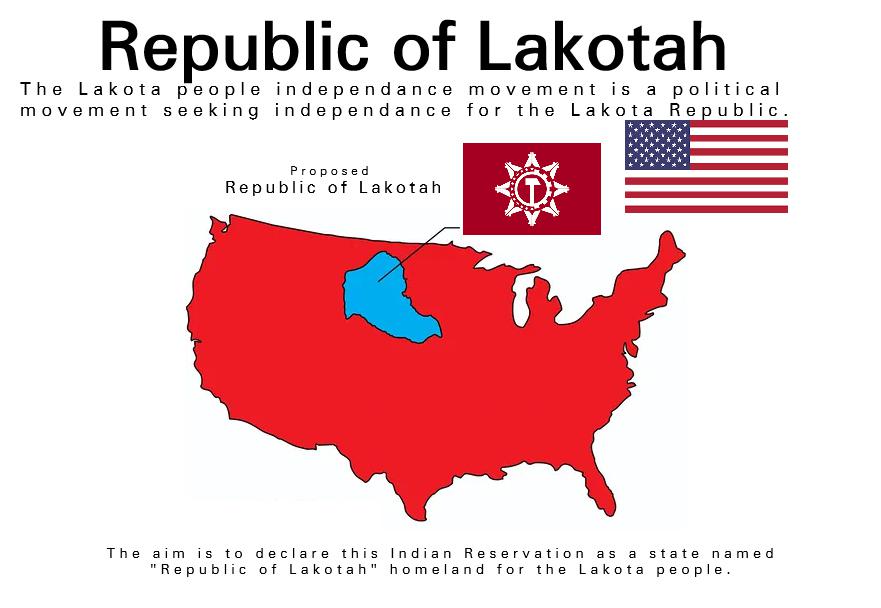List of 7 Countries Not Recognised By The United Nations
In our world, there exist 193 sovereign nations that proudly hold United Nations (UN) membership. However, beyond this recognized realm, there are nations with their own flags, currencies, territories, legal systems, and even the authority to issue passports, all despite lacking the coveted UN recognition. This article will delve into the intriguing realm of these unacknowledged countries.
Numerous factors contribute to the UN’s non-recognition of certain nations. One such factor is their geographical location within the borders of another sovereign state. Additionally, some of these entities fail to meet the UN’s criteria for statehood, which encompass the need for a permanent population, a well-defined territory, a functional government, and the capability to engage in diplomatic relations with other nations.
In essence, these unrecognized countries exist as enigmatic entities, navigating complex geopolitical landscapes and clinging to their distinct identities in a world dominated by internationally recognized states. Their stories are a testament to the intricacies of statehood and the diversity of political realities across our global community.
1. Sealand: A Principality on the High Seas

- Established: September 2, 1967
- Official Language: English
- Total Area: 0.004 sq km
- Currency: Sealand dollar
Sealand, a micronation founded by Roy Bates on an abandoned British military platform in the North Sea, stands as a remarkable yet unrecognized entity, complete with its own flag, currency, and national anthem.
2. Christiania: The Autonomous Enclave in Copenhagen

- Established: 1971
- Official Language: Danish
- Total Area: 0.34 sq km
- Currency: Danish Krone
- Total Population: 850 people
Christiania, a self-proclaimed autonomous community in Copenhagen, Denmark, was established by a group of hippies who occupied an abandoned military base. It maintains its unique currency and a thriving community of businesses.
3. Principality of Hutt River: A Micronation in Western Australia

- Established: 21 April 1970
- Official Language: English
- Total Area: 75 sq km
- Currency: Hut River Dollar
- Total Population: 30 full-time residents (13,000-18,000 overseas citizens)
Born out of dissatisfaction with wheat production quotas, the Principality of Hutt River, located in Western Australia, maintains its own currency, military, and a population of approximately 20 people.
4. Murrawarri Republic: An Aboriginal Republic in Australia

- Established: March 30, 2013
- Official Language: Murarawari, Australian, and English
- Total Area: 81,000 sq km
- Currency: Australian Dollar
- Population: 3,500 people
The Murrawarri Republic, declared in 2013 by the Murrawarri people, features its own flag, constitution, and government, although it lacks recognition from the Australian government.
5. Crimea: The Contested Peninsula

- Official Languages: Russian, Ukrainian
- Total Area: 27,000 sq km
- Currency: Ukrainian Ruble
- Total Population: 2,284,000
Situated on the northern coast of the Black Sea, Crimea is internationally recognized as part of Ukraine but has been under de facto control by Russia since 2014, making it a highly disputed region.
6. The Republic of Lakotah: An Indigenous Claim to Land

- Established: December 19, 2007
- Total Area: 200,000 sq km
- Currency: US Dollar
- Total Population: Around 10,000 people
The Republic of Lakotah claims territory spanning several U.S. states, representing the Lakota people. While it has its own constitution and government, it lacks recognition from the United States government.
7. Barotseland: A Historical Region in Zambia

- Official Languages: Lozi, English
- Total Area: 368,823 sq km
- Total Population: 5,153,405
Once a British protectorate, Barotseland, now within Zambia, is home to the Lozi people. It holds historical significance but is not recognized as an independent nation.
Find More General Studies News Here




 World’s 10 Richest Families in 2025: Top...
World’s 10 Richest Families in 2025: Top...
 Which is the Oldest Rainforest on the Ea...
Which is the Oldest Rainforest on the Ea...
 Narpuh Wildlife Sanctuary: Conservation ...
Narpuh Wildlife Sanctuary: Conservation ...







